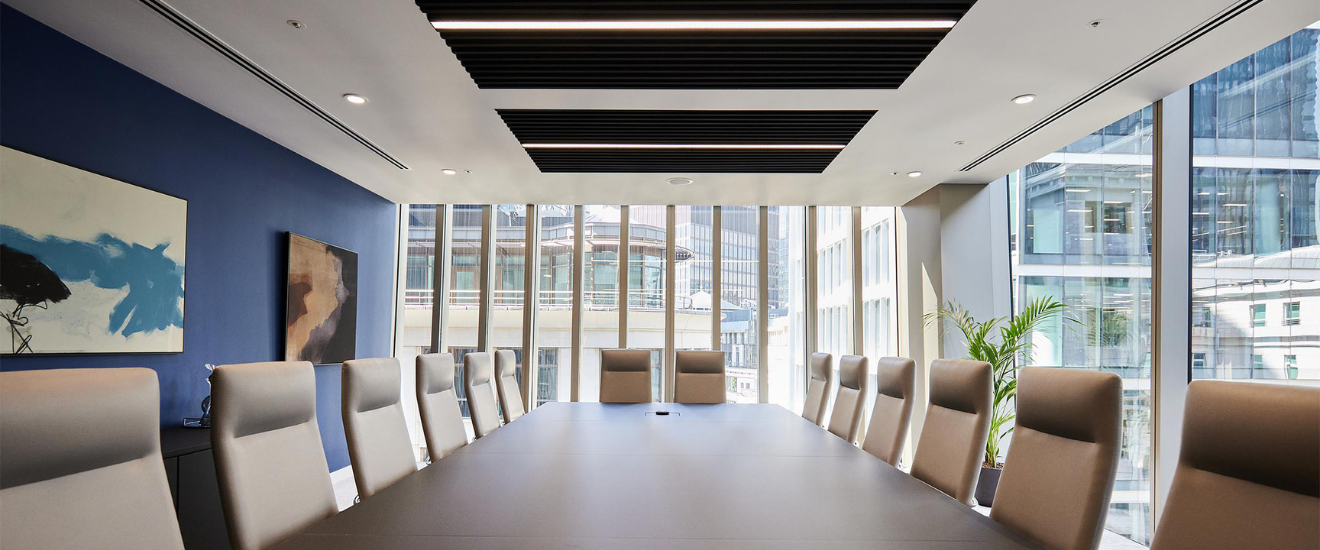What makes a successful office relocation?
We recently held a seminar at MOO’s office in Farringdon to share our expertise on the key stages of the office relocation process.

We recently held a seminar at MOO’s office in Farringdon to share our expertise on the key stages of the office relocation process. Our panel discussion, chaired by design journalist Katie Treggiden, comprised of Steve Taylor and Tim Swann of Peldon Rose, Emma Morley, founder of Trifle* and Amanda Champion from MOO. We explored the components of a successful office relocation, discussing how it affects various stakeholders, who should be involved and lots more. Here are four takeaways from the day:
1. How do you understand what the client needs and wants?
“The key to understanding what a client needs from their new office is to learn what the prime function is,” said Peldon Rose’s Steve Taylor, “Once you have found out the key reasons behind a move, you are able to advise on the right building and right type of space to achieve the client vision.”
All too often, people get distracted by the design of the new office and how it will look rather than how it will impact and serve the workforce. It can be easy to lose sight of why you’re doing it in the first place.
Tim Swann seconded, “Parameters need to be in place, particularly on budget, before you can even begin to look at location. This comes from knowing the key KPIs so that we have a structure to build around. There needs to be a clear vision as to why you are moving, and someone needs to be driving this.”
2. Who is involved in the process?
Who exactly is involved with an office relocation depends wholly on the client needs, project size and the decision makers concerned. What really matters is that everyone is on board and on the same page. Having strong project partners who believe in your vision is vital to project success.
Some of the people who might typically be involved are:
Landlord – A landlord that is willing to be involved in the process and engage with the project will help you to make decisions quickly and save a lot of time.
Project Manager / Quantity Surveyor – Having a middle party who can look after both the tenant and landlord’s interests with total impartialness can prevent stress and miscommunication and ultimately ensure the project delivers a result that everyone is happy with.
Sub-contractors – A diverse portfolio of reliable sub-contractors that will not let you down and will get the job done on time.
External teams – A third party team who can offer you valuable insight or understanding of the project to help maximise potential and drive new ideas forward.
Furniture team – A team dedicated to the furnishings and finishing materials that will bring your vision to life and ensure this element reflects your brand.
3. How much input should the client have and when should you leave it to the experts?
“It ultimately depends on the project but also the type of business you are so there needs to be a mixture. Striking a balance but being led by the experts is a good way of learning how to make the most of your office and best interact with different spaces.” said Emma Morley of Trifle*, “Collaboration is important at any stage of the project. By having an input as a client, it gives the design and build companies something to feed off.”
“We use observation studies to record your use of the office to create a profile so we can help you create the brief. Rather than just responding to a brief we can used science and data to put behind the design and base it against facts.” added Taylor.
So, client interaction doesn’t necessarily need to come directly from the client, but it does need to be inspired through their behaviour and their company’s DNA.
4. Once the job has been delivered, what is next?
Peldon Rose operate a client for life approach – We look past the delivery date into the future, helping our clients develop their space and helping their business to grow. We care about the long-term success of our projects and our clients and make sure that our work and teams deliver into the future too.

Start your workplace transformation today.
Your workplace holds enormous potential to improve your business performance. Get in touch today, and we will unlock that potential together.
